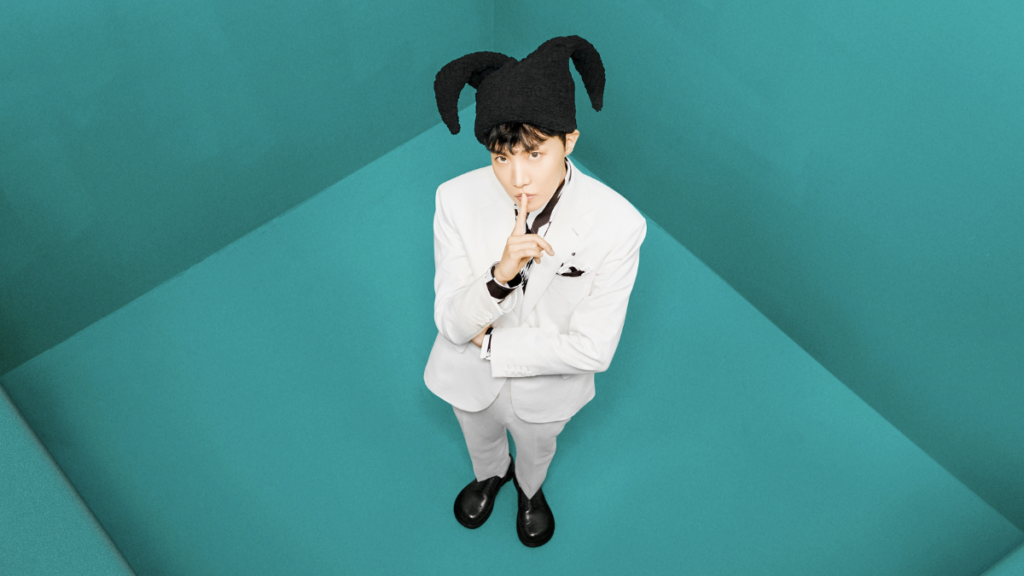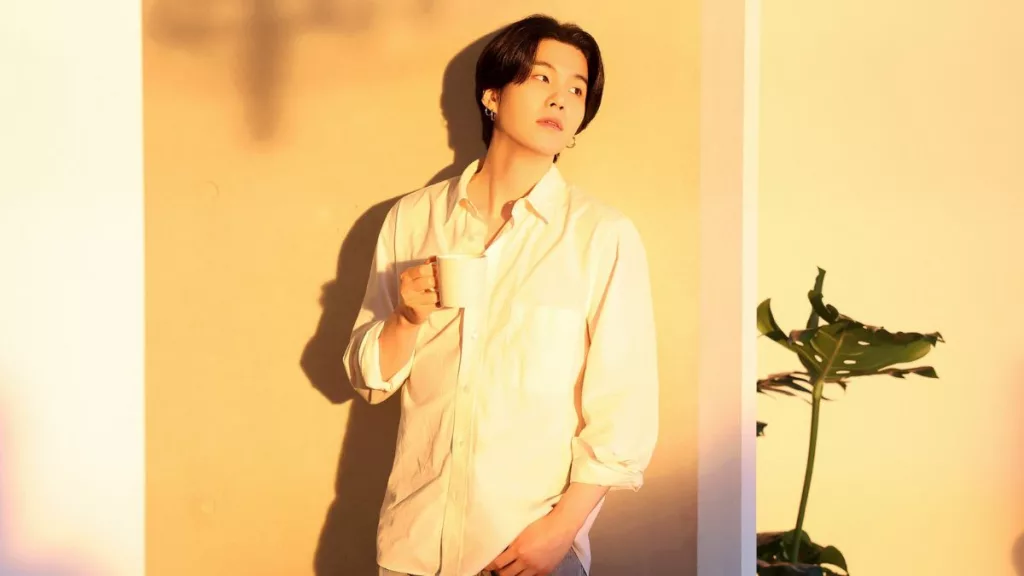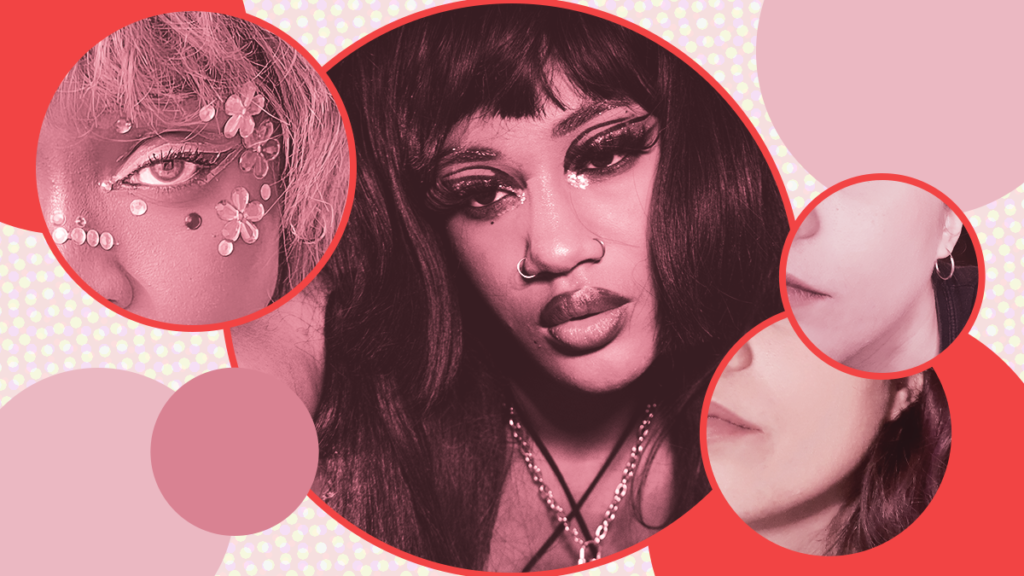j-hope Uncovers a New Chapter With His Album Jack In The Box

On July 15, BTS’ j-hope released his solo album Jack In The Box. With ten tracks, the hip-hop album draws inspiration from the story of Pandora’s Box, exploring the rapper’s inner struggles, questioning his desire for more, and the meaning behind the name j-hope.
From Hope World To Jack In The Box
Five years after the release of Hope World, Jack In The Box was released. While his first album was released as a mixtape on SoundCloud and touched on harsh subjects with a bright concept. Jack In The Box, however, dives into the introspective mindset of the artist. Only 21 minutes long, the album showcases a dark concept and complex storytelling, exhibiting j-hope trying to break free from the mold created in the past.
Jack In The Box came as the first solo album from a BTS member after the announcement on June 14 that the group’s second chapter would focus on the members’ solo activities.
Introducing: Jack In The Box
Jack In The Box opens up with “Intro,” a narration of the Greek mythology story of Pandora’s Box, where Zeus presented Pandora with a jar. After opening the jar, Pandora noticed that the last thing hidden inside the jar was hope. “Hope gave people the will to carry on living amidst the pain and strife.” “Intro” alludes to j-hope naming himself after the story.
Inspired by the Greek story, the second track in the album, “Pandora’s Box” explores the birth and journey of the name “j-hope.” In the first verse of the song, j-hope raps about the inspiration behind his stage name and how it has transcended into becoming BTS’s hope. As the song progresses, he opens up about his journey as an artist. He states that his choices were necessary to become who he is. He concludes that although there might be hardships, after opening the box, he found his name, “Hope.”
Throughout “Pandora’s Box,” the rapper solidifies the idea of the name j-hope being born after the last item in the box, and how Jung Hoseok, his birth name, is constantly trying to live up to his name. “J to the hope / Jung to the 희망 / Jack in the box / Pandora’s hand / The last hope,” he raps.
Diving Into J-Hope’s World
Following “Pandora’s Box,” “MORE” is a pre-released single and title track of the album dropped on July 1. With a heavy rap, the track mixes old hip-hop and rock genres with an electric guitar and heavy bass. The lyrics written by j-hope and Ivan Jackson Rosenberg are dark and raw. j-hope expresses his ambition for bigger things, as well as his thirst for wanting more. He admits that money, fame, and trophies are not everything. Instead, he points out that his greed is his passion for music that makes him want to create more, “My work makes me breathe / so I want more,”.
Alongside the pre-release of the track, the “MORE” music video was released. The video starts with j-hope opening a box in a dark room. The scenery then goes from j-hope singing in an office room to walking down a hallway and performing alongside a band. The music video ends with the artist closing the box, suggesting that the rooms he was visiting were inside the box.
Further, Jack In The Box includes tracks like “STOP” and “=(Equal Sign).” These songs touch on j-hope’s perspective on human nature, exploring how different people are from each other. “STOP” openly depicts j-hope’s mindset on the good and bad actions of humans, wondering if there’s still hope for humanity or not but concluding that “There are no bad people in the world.” On the other hand, “=(Equal Sign)” tells the listener it’s okay to be different. With an upbeat melody and low vocals, the song expresses that humans should be kind to one another. Although there’s a contrast between both tracks, the two convey a specific, powerful and deeper reflection on human behavior and change, making them stick out from the rest of the album.
The Other Side Of Jack In The Box
The second half of the album starts with “Music Box: Reflection,” a one-minute mellow interlude that includes the sound effects of opening a music box, alluding to the idea of j-hope breaking free from the box. With a delicate beat, the track acts as a connector between the first and second parts of the album, continuing the messages in the previous songs while setting the tone for the rest of the album.
With a sample from Ol’ Dirty Bastard’s “Shimmy Shimmy Ya,” the hip-hop track “What if…” has j-hope questioning his stage persona. True to its title, the song reflects the rapper’s internal conflict, conveying the mixed feelings and insecurities he faces when showing his bright side to the public. “I ask J-Hope ‘if you were me, can you keep on doing those things you said?’,” he raps. The track recalls the introspective vision of the artist, who asks himself what could have happened if things were different, “What if I have no hope? / What if I have no dream? / What if I have no passion.”
Immediately after “What if” comes “Safety Zone.” Written by j-hope and Pdogg, the low R&B track keeps on exploring j-hope’s idea of questioning himself and his surroundings. Contrary to the previous song, instead of wondering whether he deserves his accomplishments, “Safety Zone” exhibits j-hope asking himself if there’s a safety zone where he can feel at peace. “Where’s that zone? / That protects me from major disasters / My green zone,” he raps.
In “Safety Zone,” j-hope reminisces on his career, life, and struggles as a musician. He wonders whether that safe space is an emotion or an object and asks himself if he will ever find it. “But the moment I choose this path / Will there be any safe zones? / Where is the ray of light for relief in the dark? / A peaceful home? Or is it a distant blue?” j-hope wonders.
His Vision On The Future
Preceding the album’s end, “Future” is an old hip-hop song that is all about j-hope’s thoughts on his future. He expresses being scared of the next step and confesses that although it is hard to face the future alone, courage, faith, and hope are needed for what’s next to come. “It’s hard to endure alone (Future) / Man, you must go with the flow / Let’s just go with the flow (Future) / Looks like I need it too / Betting on courage, faith, and hope,” j-hope raps.
Last but not least is “Arson,” the tenth song on the album and the second title track. With an energetic beat, the song, in contrast to “MORE,” exhibits j-hope’s success and greed for creating more art on another note. “Arson,” tells the audience about j-hope’s success as he dives into the things he has accomplished while expressing that there’s still fire inside him to create, indicating his desire to continue with his artistry. “If anyone asks me / Right, I lit the flame / Now I ask myself, choose what / Do I put out the fire, or burn even brighter.”
The “Arson” music video was released with the album. The video follows j-hope singing in different scenarios while there’s fire burning next to him and later on a cloud of smoke, the scene ends with the rapper laying down while the word “Arson” burns next to him.
While We Wait…
With the release of Jack In The Box, j-hope has proven to be a versatile musician and performer, taking the chance to show a more dark and mature side of himself. Although it remains unknown whether another project is coming soon, it’s safe to say that the future has a lot in store for the artist. For now, you can expect j-hope to showcase new performances as a headliner for the music festival Lollapalooza on July 30.
You can listen to Jack In The Box on Spotify and Apple Music.
Want to read more about BTS’ releases? Check out our article on Proof here.



